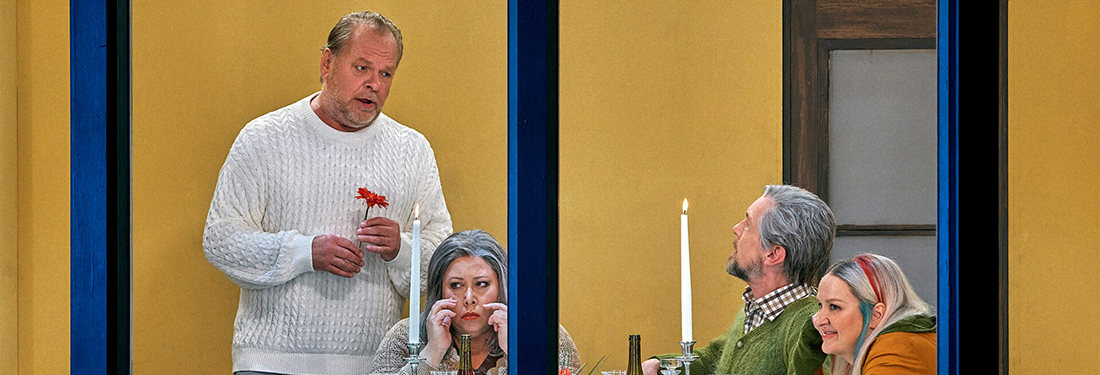

With his own Les Arts Florissants Christie has been exploring Handel’s later English oratorios–Jephtha, Susanna, Belshazzar, with performances of Theodora starring Philippe Jaroussky coming up next fall. On the other hand, he and J415 have now tackled the composer’s two earliest Italian attempts at oratorio. In 2012 they collaborated on a sterling Il Trionfo del Tempo e del Disinganno crowned by the ravishing Bellezza of soprano Ying Fang who this fall made her Metropolitan Opera debut as Barbarina in Le Nozze di Figaro on opening night.
This year, again joined by singers from Juilliard’s Marcus Institute for Vocal Arts, Christie and the orchestra moved onto Oratorio per la Resurrezione di nostro Signor Gesù Cristo, a more specifically religious work which premiered on Easter Sunday 1708 at the house of Marchese Francesco Maria Ruspoli in Rome. Although unstaged, the piece was lavishly performed there in front of an elaborate backdrop and incorporating novel lighting effects.
The Angel and Lucifer banter about divine matters before Mary Magdalene and Maria Cleophas arrive at Christ’s tomb. They are joined by John the Evangelist and discover that the tomb is empty whereupon the Angel announces the resurrection. In the work’s second half, encounters with the risen Christ are reported (but not dramatized) while the raging Lucifer in cast back down to Hell.
Handel responded to Carlo Caprece’s text with unfailingly vivid arias, duets and coros for the five singers while exploiting the richness of the large orchestra available to him at Ruspoli’s where the first violinist was Arcangelo Corelli! The score features not only the usual strings, oboes and continuo but also viola da gamba, traverse flute, recorders, and trumpets. The last intertwine brilliantly with the soprano Angelo who opens the work with the spectacular “Disserratevi,” a brilliant coloratura showpiece often performed by Cecilia Bartoli.
The pair of recorders is beautifully used to accompany the magical entrance scene of Maddalena (Mary Magdalene).
By engaging the celebrated soprano Margherita Durastanti for that role at the premiere, Handel and Ruspoli offended the Vatican which immediately issued an edict that Durastanti be replaced (by a castrato, of course) at the second performance, given on Easter Monday.
Juilliard’s singers Monday evening were all beautifully schooled in Handel’s Italianate style and tossed off their modest ornamentation with ease, although not everyone used the text with equal flair or clarity. As the Angelo, Liv Redpath was not the usual bright-voiced coloratura but a warm lyric with excellent agility: she only had to occasionally snatch an extra breath during those murderous runs in “Disserativi.” Her best moment instead came in the lovely “Se per colpa” where her voice intertwined eloquently with the fine continuo forces.
Mary Feminear, who had been so impressive last year as Polissena in Handel’s Radamisto by Juilliard Opera, seemed to be pushing as Maddalena during the first half—everything was just too loud. Happily, she held back a bit more later in the evening. It was too bad since she has a fluent, shining soprano, a swell trill, and an instinctive feel for baroque music. As Cleofe, Avery Amereau revealed a startlingly deep, rich contralto that still may be sorting itself out. The challenging florid opening of “Naufragando” seemed to nearly do her in but she recovered handsomely for the aria’s achingly touching B section.
Nathan Haller, who had several weeks ago been Albazar in Juilliard Opera’s production of Rossini’s Il Turco in Italia, performed Giovanni with an appealingly plangent tenor. He started off a bit squarely but soon was singing well, particularly in his tender final “Caro figlio” seconded by the fine cello obbligato of Alexander Nicholls. Baritone Elliott Carlton Hines reveled in Lucifero’s extravagantly virtuoso music with its intimidatingly wide range. He also bit into Caprece’s text with humor and relish.
As always, Christie goes for arresting colors and stirring drama so this was not your grandfather’s nice-and-neat Handel. In fact, the playing of the extraordinarily game orchestra could be quite rough-and-tumble as tempi varied from quite fast to rather slow, clearly challenging the young musicians. As Juilliard 415 is a student orchestra its roster changes yearly so it’s difficult to generalize, but as at other concerts the ornate oboe writing of the early 18th century occasionally proved daunting and string intonation was sometimes iffy. But the ensemble played with a fire and commitment that made up for much.
I suspect that more than a few in the audience may have not previously been familiar with La Resurrezione, but the promise of Christie magic seduced them into attending. The shouting, stomping ovation at the conclusion suggested that some converts may have been made. One wonders where Christie will journey next with his eager Juilliard acolytes.
In the meantime, New Yorkers will get another chance to hear La Resurrezione again when the Helicon Ensemble led by Juilliard HP faculty members Avi Stein and Robert Mealy and featuring soprano Dominique Labelle performs it at the Morgan Library on March 25.
Photo: Hiroyuki Ito














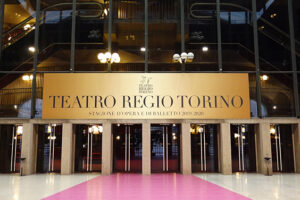
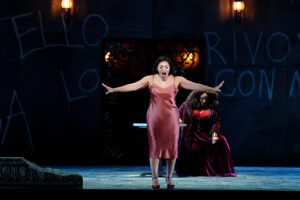

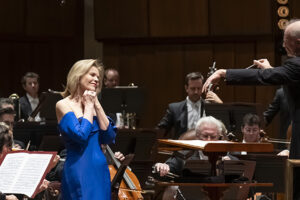

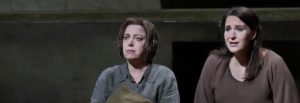




Comments